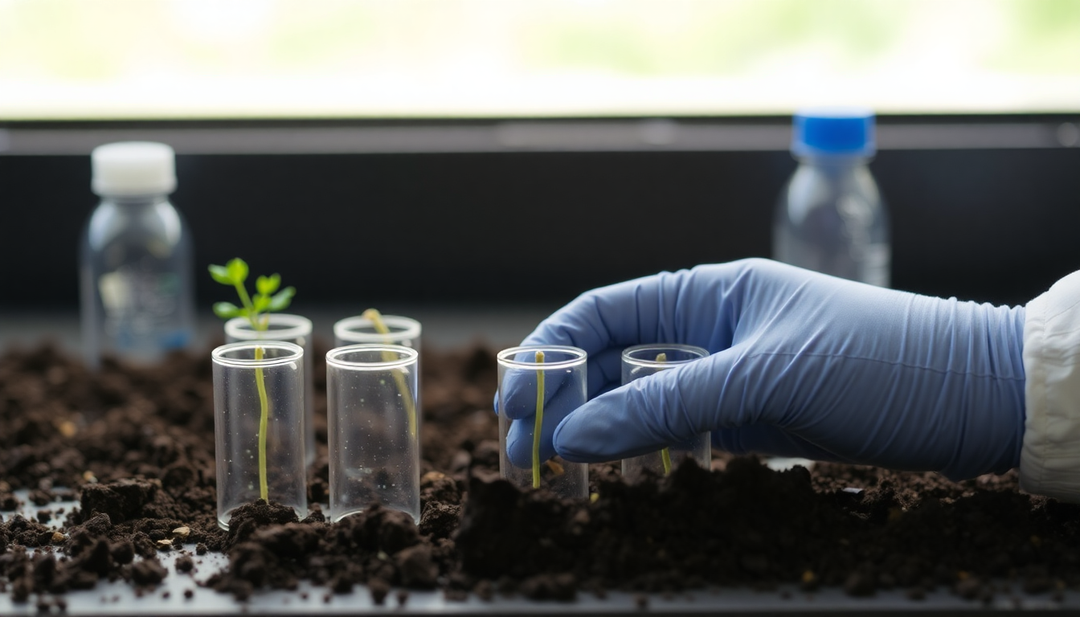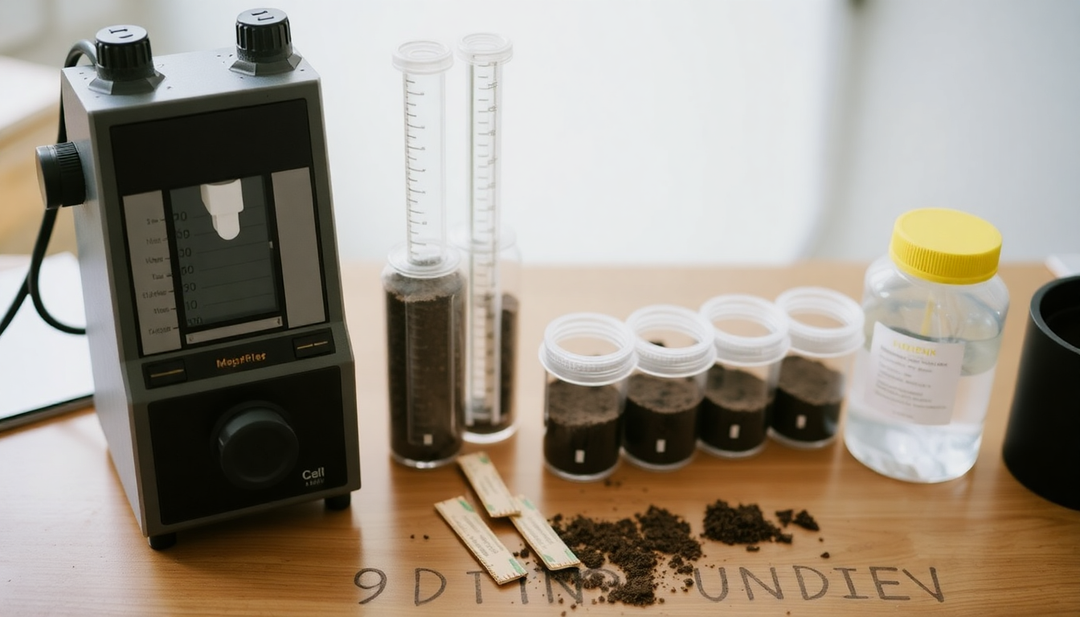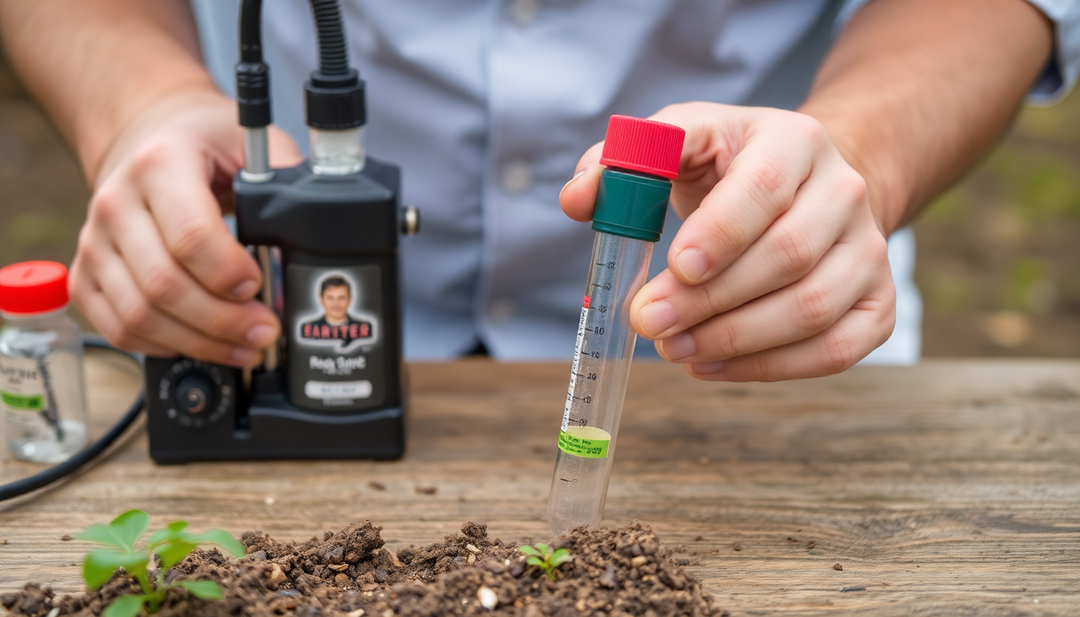Soil Pollution in 2025: Causes, Consequences and Innovative Solutions for a Sustainable Future

Introduction to Soil Pollution
In 2025, soil pollution has become a major issue for our environment, our health, and our future. The growing world population is putting enormous pressure on agricultural land and natural ecosystems. Urbanization, industrialization, and intensive agriculture are accelerating soil degradation, affecting land quality. This degradation also impacts the health of ecosystems and human populations, creating major challenges. This article explores in depth the causes, consequences, and innovative solutions to combat soil pollution.
Causes of Soil Pollution
Soil pollution is a complex phenomenon resulting from multiple factors. Understanding these causes is crucial to developing effective prevention and remediation strategies.
- Excessive use of pesticides and fertilizers: Chemicals, such as pesticides and fertilizers, contaminate the soil when applied in excess. This leads to a buildup of harmful residues, affecting soil biodiversity and water quality. These substances can end up in groundwater, threatening aquatic ecosystems.
- Industrial waste: Toxic effluents from factories and mining activities degrade land and pollute the environment. Heavy metals, solvents, and chemical pollutants infiltrate the soil, making the land unsuitable for agriculture. This also affects life on these lands, reducing their ability to support ecosystems.
- Deforestation: The destruction of forests for agriculture, urbanization, and other human activities leads to soil erosion and nutrient loss. Tree roots play a crucial role in soil stabilization, and their disappearance exposes land to the risk of erosion and degradation.
- Solid waste disposal: The accumulation of untreated waste in landfills pollutes the surrounding soil. Plastics, chemicals, and organic waste can release toxins into the soil, harming local flora and fauna.
- Oil Contamination: Oil spills, whether during extraction, transportation, or storage, are another critical source of pollution. These substances can remain in the soil for many years, making affected areas hazardous to plant and animal life.
Consequences of Soil Pollution
The effects of soil pollution are varied and can have serious repercussions on both the environment and human health. Here are some of the most worrying consequences:
- Decreased soil fertility: Contamination limits the soil's ability to support plant growth, leading to lower agricultural productivity. Degraded soils require more chemical inputs, creating a vicious cycle of dependency.
- Impact on human health: Toxic chemicals can end up in the food chain, causing health problems for consumers. Studies show that long-term exposure to certain soil pollutants can be linked to chronic diseases, including cancers and neurological disorders.
- Biodiversity loss: Soil pollution affects living organisms, reducing biological diversity. Microorganisms, essential for decomposition and nutrient recycling, are particularly vulnerable to chemical contaminants.
- Climate change: Polluted soils contribute to greenhouse gas emissions, exacerbating global warming. Soil degradation reduces its capacity to store carbon, worsening the climate situation.
- Ecosystem damage: Contaminated soil affects not only plants, but also the animals and insects that depend on these habitats. Food chains are disrupted, and ecosystems can collapse.
Innovative Solutions for a Sustainable Future
Combating soil pollution by 2025 requires a collective and innovative approach. Therefore,
- Agroecology promotes sustainable practices such as crop rotation and conservation agriculture to improve soil health.
- Additionally, bioremediation uses microorganisms to break down pollutants and restore soil quality naturally.
- Additionally, waste recycling , such as composting, enriches soils while reducing waste and environmental impact.
- Phytoremediation involves using plants to absorb pollutants and make the soil healthier.
- Additionally, education and awareness are crucial to encourage sustainable practices and protect soils.
- By encouraging crop versatility , soil health and disease resistance are improved.
- Finally, monitoring technologies , such as sensors and drones, make it possible to track soil health in real time.
Conclusion
Combating soil pollution requires a proactive and multifaceted approach. Adopting sustainable solutions helps preserve the health of our planet for future generations. It's crucial to act now, as every effort counts when it comes to soil protection. By combining innovation, education, and community engagement, we can revitalize soils for the well-being of all. This gives us the opportunity to build a sustainable future with protected and healthy soils.



